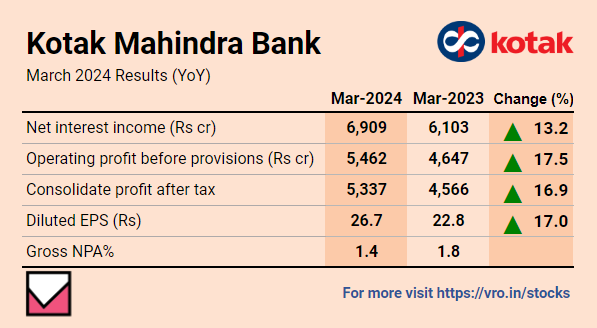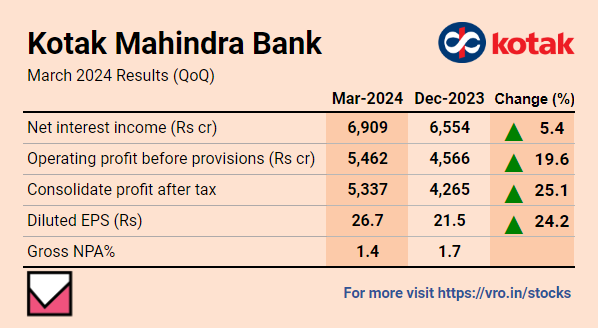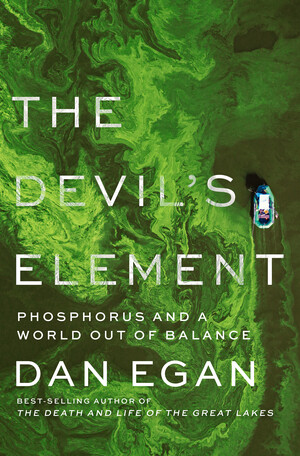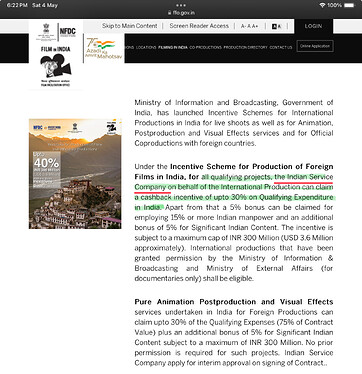You may wish to follow him on X, he is more active there. Thank you.
Posts tagged Value Pickr
Basilic Fly Studio Ltd (04-05-2024)
For animation post production and visual effects services, the Indian Service Company is eligible for the incentive. Yes, it may so happen that foreign production houses may pay less taking the incentive into consideration. Non the less, it will help Indian companies to get more order, as they will become more cost competitive. And qualitative companies can very much withstand the pressure from foreign companies.
Kotak Mahindra Bank – Low Cost Liability Banking Franchise (04-05-2024)
Financial results for Q4


Basilic Fly Studio Ltd (04-05-2024)
This benefit would be passed on to the foreign production houses. So, essentially vfx company don’t get anything but foreign production houses would be incentivized to give contracts to Indian vfx companies. This is what I get out of it.
Basilic Fly Studio Ltd (04-05-2024)
I interpreted that the Indian company will get the benefit . This is from the link shared by @Shikhar .
I might be wrong .
Basilic Fly Studio Ltd (04-05-2024)
How would the company get 30cr back? Isn’t this benefit for the foreign production house and not the company? My understanding is foreign company availing this service can get the refund back from Indian govt to attract them to award contracts to Indian companies.
Multi-Disciplinary Reading – Book Reviews (04-05-2024)
The Devil’s Element , Phosphorus and a World Out of Balance by Dan Egan (2023)

While we are acutely aware of some of the existential threats facing our species today, like climate change, nuclear war and pandemic. But there is another equally potent threat which is not on most people’s radar – it is running out of phosphorus.
Between 1900 and 2000 the world population quadrupled from 1.5B to 6B. The population explosion could happen & sustain largely because the food productivity could keep pace with the food demand, which in turn was possible because of the modern NPK (Nitrogen-Phosphorous-Potassium) fertilizer.
While Potassium is abundantly available in nature, and Nitrogen became abundant because of Frtiz Haber (who has a unique distinction of being both a war criminal and a Nobel laureate), but Phosphorous is a limited resource.
According to many experts we will be at ‘peak phosphorous’ by 2030 (when demand starts to outstrip supply as the deposits diminish), and post that we have another about 300 years before we run out of phosphorous.
Billionaire Boston-based investor Jeremy Grantham has made a lot of money predicting bad times ahead. He warned of the bloated Japanese equities market in 1989, the tech bubble in 2000, and the housing crash of 2008. But none of those financial meltdowns come close to the disruption he expects could happen in the decades ahead as the world comes to terms with its dwindling phosphorus reserves. Grantham says. “There seems to be only one conclusion: their use must be drastically reduced in the next 20–40 years or we will begin to starve.”
Another complexity in this story is that one country – Morocco – has two-third of the known reserves of phosphorous. It’s another matter that most of these reserves were ill gotten by Morocco by subjugating West Saharan Sahrawi tribe).
Additionally, over fertilization of soil over the past many decades is now a major cause of water pollution around the world. Phosphorus and nitrogen get washed off from soil by way of rains and floods and eventually get discharged in water bodies. They stoke a summertime explosion of phytoplankton whose decomposition later sucks so much oxygen out of the water that almost no life can survive. Biologists call the phenomenon hypoxia.
The book does offer some solutions like (1) precision agriculture to reduce the usage of phosphorous, and (2) using human & animal waste as a substitute for NPK fertilizer which China/Japan/Korea have been doing for hundreds of years. However, these solutions are incremental and will solve the problem only partially.
Hitesh portfolio (04-05-2024)
Hitesh bhai, I am unable to locate the exact message but I recall (I really hope I am not wrong) that you do not consider STCG too much when it comes to your selling framework. However, with surcharges and cess for tax bracket above 50 lakhs, it adds up to 25-30%. Doesn’t that make it a significant factor to be considered? Sure eventually one needs to pay the tax, and in that regard, STCG vs LTCG may not make a huge difference but mindless churning can still add a tax burden for the ongoing year. Isn’t that right?
Just want to understand how one should optimize this within the legal boundaries.
Strides Pharma/OneSource – The Last Stand Will Create Wealth? (04-05-2024)
Demerger should be complete in this financial year as per the company disclosure

